Ruth Stout Gardening Method
The Ruth Stout Gardening Method has been around for years and is considered a “no work” garden method. Here’s what you need to know to try it out for yourself.
Who is Ruth Stout?
Ruth Imogen Stout was born June 14,1884 in the United States. She lived to an amazing 96 years old and gardened well into her senior years. Ruth lived most of her adult life on a 55 acre farm in Connecticut. She had several different careers but she is most famous for the Ruth Stout method of gardening. Stout was the author of many books, several on gardening.
What is the Ruth Stout Garden method?
Rather than follow traditional methods of gardening, the basic idea of Ruth’s method is to cover your garden area with eight solid inches of mulch. Pull the mulch back to plant, then tuck the mulch back around the plants once they have established. As the mulch breaks down she would simply plant into that organic matter and continue to add more mulch. That’s it! No hard work compared to traditional gardening methods.
She was inspired by looking at the process of natural mulch method in a forest. The trees shed leaves, the leaves break down on the top of the soil and become a permanent mulch. The process repeats itself. The trees and plants are fertilized and weeds are suppressed by a combination of the mulch layer and the tree canopy.

How to Use the Ruth Stout Garden Method
Begin by applying a thick layer of mulch, at least eight inches. Read below for more on types of mulch.
When it comes time to plant, you will move the mulch aside. If you are putting in an actual plant, pull the mulch aside far enough to dig a hole for the plant. Pull the mulch back in close around the plant. Water the plant well. It’s done!
If you are planting seeds, pull back the mulch in the row or whatever area you are planting. Just wide enough to put the seeds in. Water your seeds. Leave the mulch pulled off to the sides to allow the seeds to germinate and grow. As the little plants get larger, you will be able to bring the mulch closer to them.
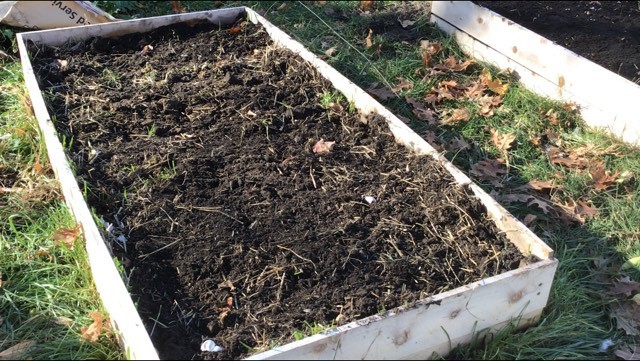
How often to water the mulched garden?
This depends entirely on how much rain you are getting and what you planted. Tomatoes for example like to be watered maybe once per week and given a good long drink. Cucumbers are big water drinkers and will benefit from more frequent watering.
Smaller plants need more water to keep them from drying out than older mature plants.
As you can see there is a lot of variation in watering plants depending on what kind they are. What mulch will do is cut down on how often you need to water. The mulch provides a protective layer over the soil, keeping water from evaporating and the soil more moist.
You can water your plants your usual way. If you have drip irrigation or plan on using it, you will want to lay that on the soil before you put the mulch down.

What kind of mulch will work?
There are many kinds of mulch materials you can utilize. Frankly, thick mulch of any vegetable matter will do the trick. Heck Ruth even threw in vegetable scraps from time to time. Here’s a few options you might consider
Grass Clippings
Grass clippings will work, but the major issue is they mat down and also break down fairly quickly. It would take many many yards worth of grass clippings to get mulch to cover even a few small garden beds with the required eight inches. Additionally, it is best practice for a healthy lawn to leave grass clippings where you clip them.
Pine Needles
Again the same issue as with grass, pine needles will pack down quickly and it will take a lot of them to get the thick layer you need. There is also a little concern that all those pine needles will make your soil too acidic. I would advise pine needles are okay to use if they are mixed in with other mulch.
Leaves
This is a nice option as leaves are often plentiful in the fall which is a perfectly fine time to mulch. Leaves do tend to break down more quickly than other options so it might make for a good fall mulch and then rely on other methods for the spring and summer. Leaves also can be beneficial to lawns and their natural habitat, so they might better serve your yard right where they fall. Even a fairly thick layer of leaves will break down during the winter.
If you find your leaves are matting and not breaking down much, then they are a good choice to move into your garden beds.
Wood Chips
This option would definitely work but wood chips can be expensive unless you have a ready supply. Additionally, wood can bind up nitrogen in the soil as it breaks down.
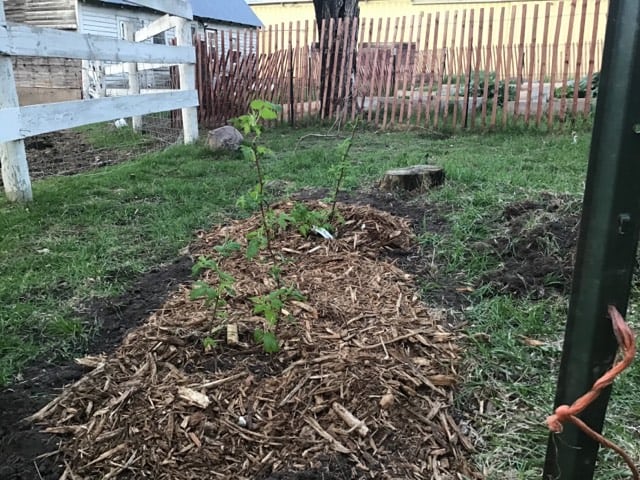
Straw
Straw is the mulching option I tend to favor as I have easy access to it and straw bales aren’t too expensive. Please note it is best to use organic straw only in your beds. Straw that has been contaminated with herbicide can affect your garden soil for years to come, yielding damaged plants that don’t produce.

Hay
Ruth’s mulch of choice was hay. Hay tends to be expensive, but the good news is she would often used spoiled hay for creating a thick layer of hay mulch. Spoiled hay is simply hay that isn’t any good anymore. Maybe it got rained on, moldy, or was cut way too late and it just isn’t good forage quality.
Many people will say you should never use hay for mulch. Hay, especially grass hay, is likely to have various types of weed seeds in it, creating a big weed problem later. Ruth however always said it wasn’t an issue, because the mulch would be thick enough to shade out any weed seeds including those that came in with the hay.

Fertilizing the No Work Garden
In your first year of using this heavy mulch method, you might first need to fertilize your soil depending on the soil quality. A smart idea is to send in soil samples to your local Extension Office or University to see what additions it might need. The rest results will give you a good idea of your soil type and what minerals it needs to be optimized. Soil test usually aren’t too expensive, around $15-25. Here is information on how to get soil tests if you happen to be in Minnesota.
You do not have to send your soil test to your own state. I’ve found the North Dakota State University is slightly cheaper and the turn around time is quicker for where I live. Shop around a little to neighboring state Universities if you aren’t too far from them.
In future years as the mulch breaks down it will act as a natural fertilizer for your garden.
Vegetable Garden and Flower Garden
The great thing about this method is it will work for whatever kind of garden you have. The process is the same whether you are planting zinnia seeds or bean seeds, or transplanting peppers or petunias. Simply follow the steps above.

Potatoes
I will freely admit I have not grown potatoes this way but I am curious to try it. Ruth says she simply tosses her seed potatoes on the top of last year’s mulch. She then mulches eight inches on top of it, waters, and lets them go. When it comes time to harvest she just pulls back the straw and voila! Beautiful and delicious potatoes.
When to Mulch
With the Stout system, Ruth said mulching year-round would yield the best results. The time to start mulching is now, whenever you might be in your garden season. If you are reading this in the middle of winter and your garden is under several feet of snow, no worries. You can mulch the entire garden when spring comes.
How Much Mulch do I need?
Great question! Let’s assume you are going to use spoiled hay or even straw for this method. Ruth jokingly answers this question in her books by saying, “more than you think!”.
More specifically in her book “Gardening Without Work”, she quotes Dick Clemence who says twenty-five, fifty-pound bales would cover a 50 foot by 50 foot bed. This comes out to about 1,000 pounds of hay.
If straw is your mulch of choice it will take around the same amount of bales but they will way significantly less. Straw is fluffier and lighter. It is also cheaper, running between $3-5 per bale where I live. Again, spoiled straw would also work and should be cheap to free. This pickup below has 25 hay bales in it.

Where to Buy Spoiled Hay
Good quality bales of alfalfa/grass mix hay in my area (Minnesota, 2024) are between $6-$8 a bale. So you would expect to pay about $175. However, Ruth says you can use poor quality or even spoiled hay. If you start reaching out to farmers or local connections looking for spoiled hay they will likely sell it to you for cheap or even give it to you if you haul it away.
A great way to find hay is checking Craigslist or facebook marketplace for hay. If you find someone selling hay, reach out and ask if they have any spoiled hay or lower quality hay from years previous.
If you strike out there, ask folks at the farmers market who are selling animal products. They will likely be buying hay from someone or putting up hay (growing and harvesting) themselves and can point you in the right direction.
How Often Should I Mulch?
As previously mentioned, mulching year round is perfectly fine and a great practice. It’s a great idea to keep a leaf pile or area of old straw/hay, etc. around and you can mulch areas as needed. See a bare spot where the mulch is looking thin? Add more!
Please note, the mulch will get rained on, stepped on, etc. It will compact down to a few inches rather than a full fluffy eight inches. That’s great! Unless you see weeds starting to poke through or an actual bare spot, the mulch is doing its thing and is just fine.

Pests
One thing you might notice with this gardening method is an increase in wildlife. Primarily you can expect to see an uptick of snakes looking for a cool place to rest during the hottest parts of the day. You will also likely find an increase in spiders.
Other animals considered pests such as slugs, mice, etc., Ruth claims were never an issue in her garden.
My own gardens already have pests in them (like an adorable but highly voracious rabbit) so honestly the idea of a few more critters isn’t a big worry for me.
In sustainable agriculture and in permaculture, having diverse wildlife present in our farms and gardens is a sign of a good healthy ecosystem. Where you have more snakes, you will automatically have less small rodents. Where you have more spiders, you will automatically have less bugs in general.
Compost Pile
Ruth was a big advocate for simply not having a compost pile. Rather than have organic material break down somewhere else, then hauling it to the garden, she basically had you compost right in the spot you wanted more organic matter.
While I think you could incorporate this somewhat, personally I would still maintain a separate compost area. We have a family of five, and the amount of compost we create would be, in my opinion, far more than the garden could handle. For things to compost properly you need a good ratio of hot/green materials (such as kitchen scraps) and brown material (think dried leaves).
With food scraps not breaking down properly it would be a welcome invitation to rodents, pests, stinkiness, and a general bad looking garden. No offense to Ruth here. I believe it was just her and her husband creating compost from the kitchen, something her deep mulch system could likely absorb without issue.

Ruth Stout’s Books
Ruth wrote several books. My favorites are her lively gardening books where her free-spirit and good nature truly come through. They are honestly fun to read as you learn a lot and will likely laugh more than once.
This post contains affiliate links, which means I make a small commission at no extra cost to you. See my full disclosure here. Additionally, shop locally when you can, use links as a second option.
More Gardening?
Here are some more gardening resources for you straight from our farm.

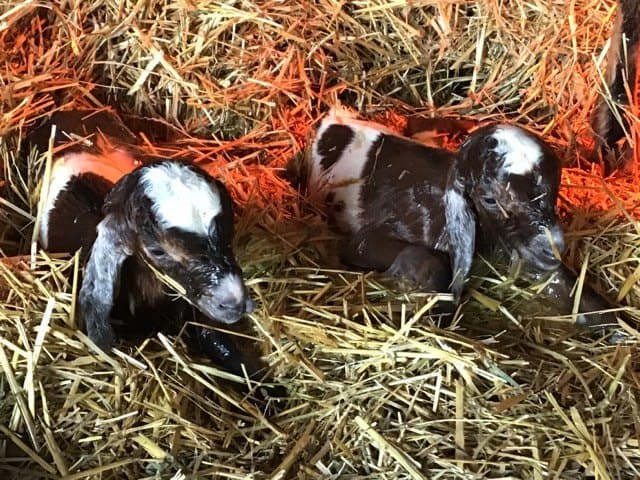
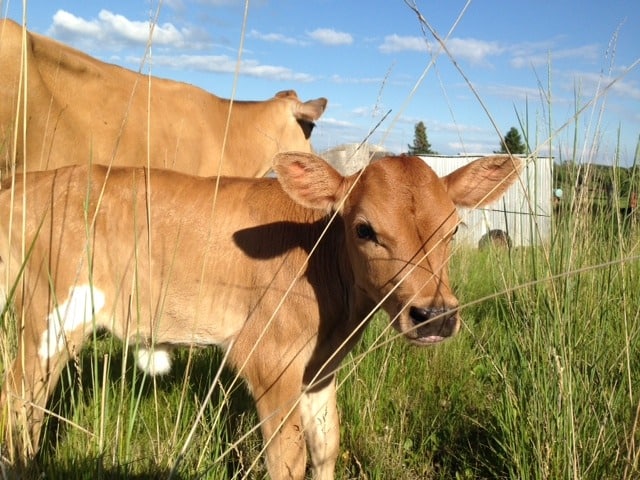
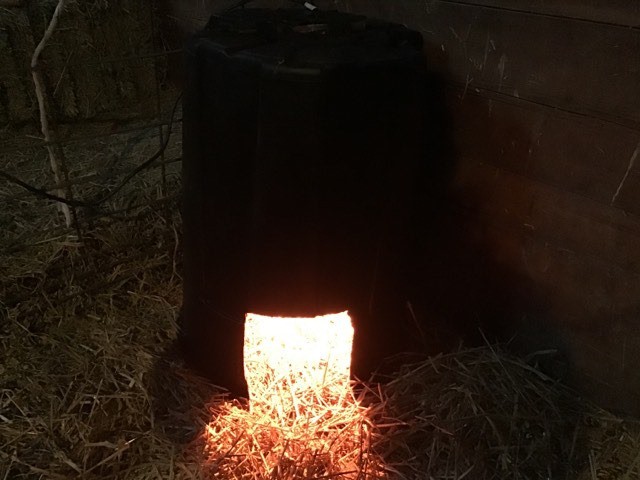
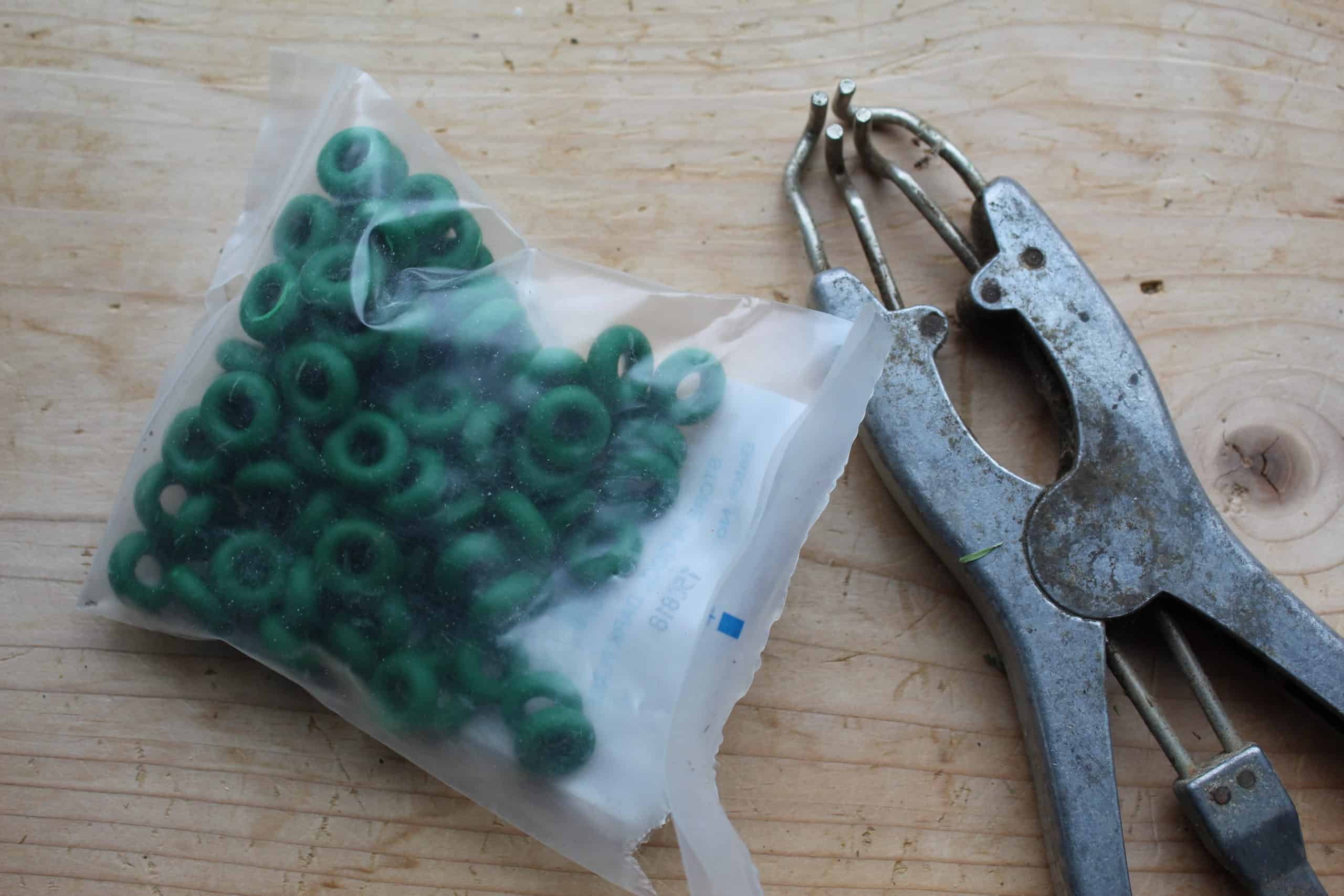
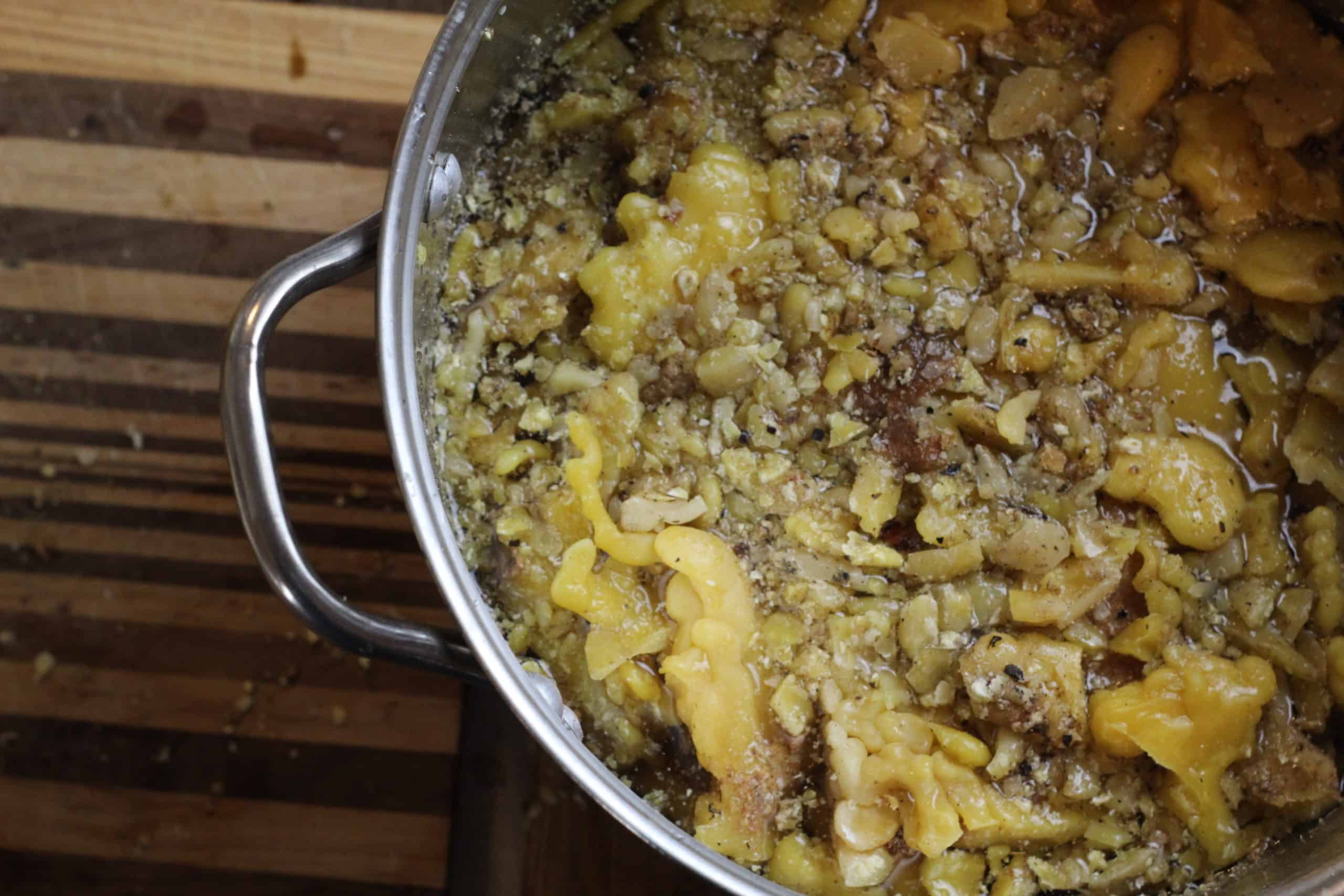
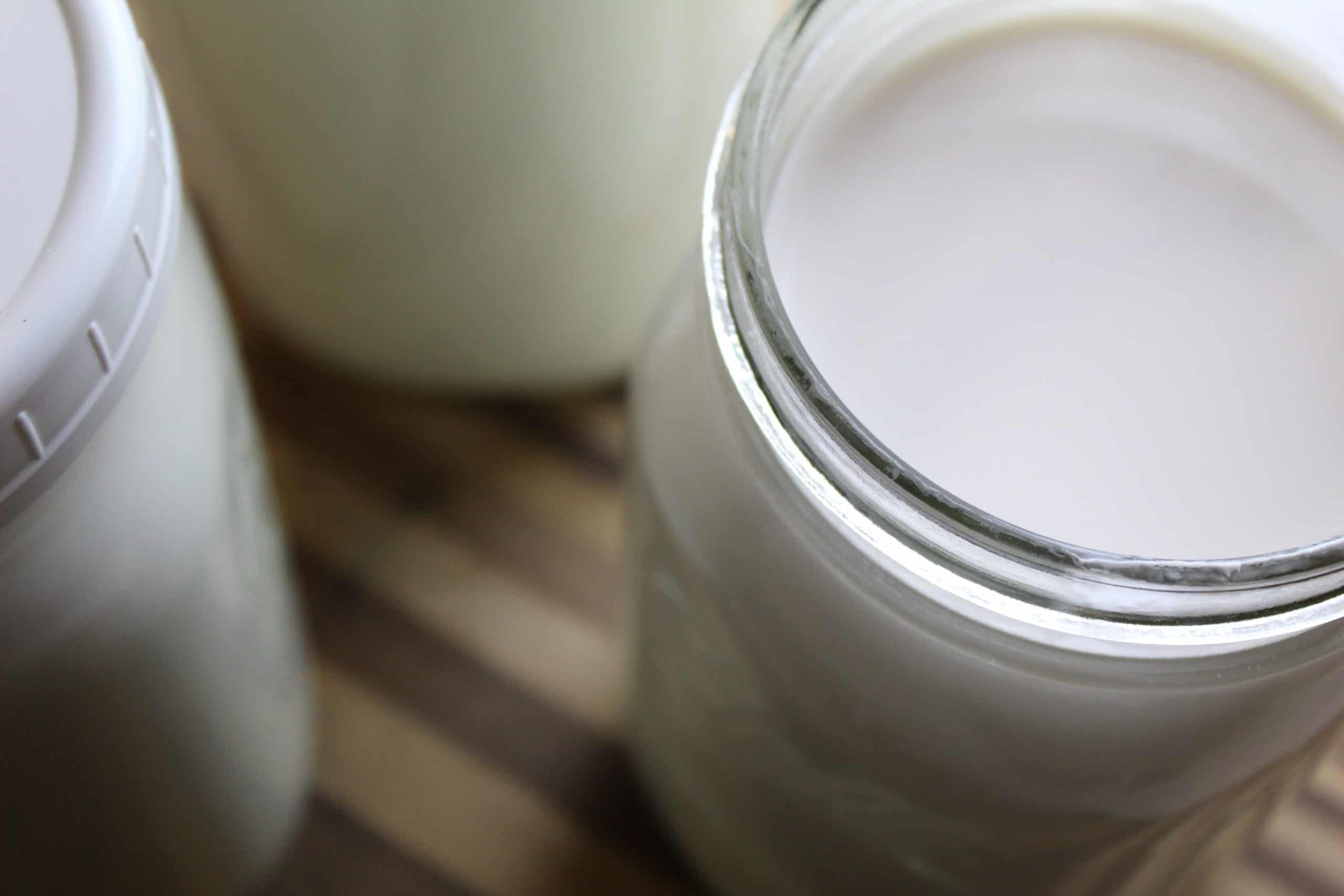
One Comment
Comments are closed.